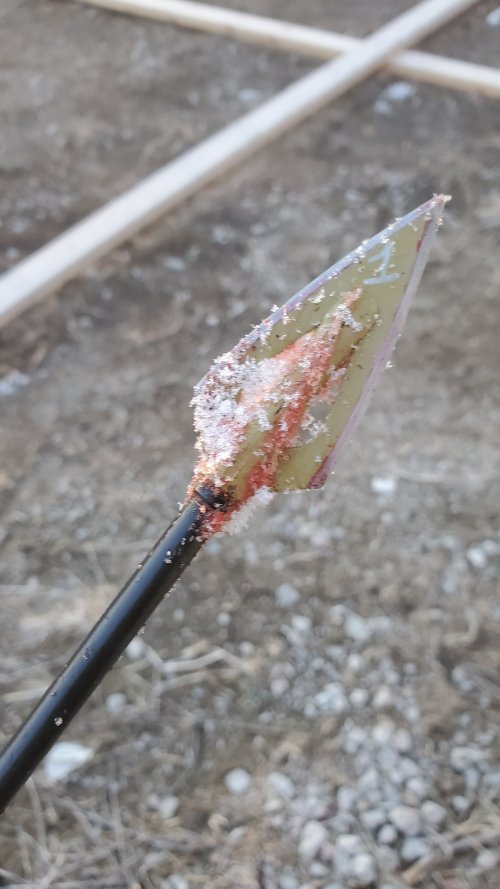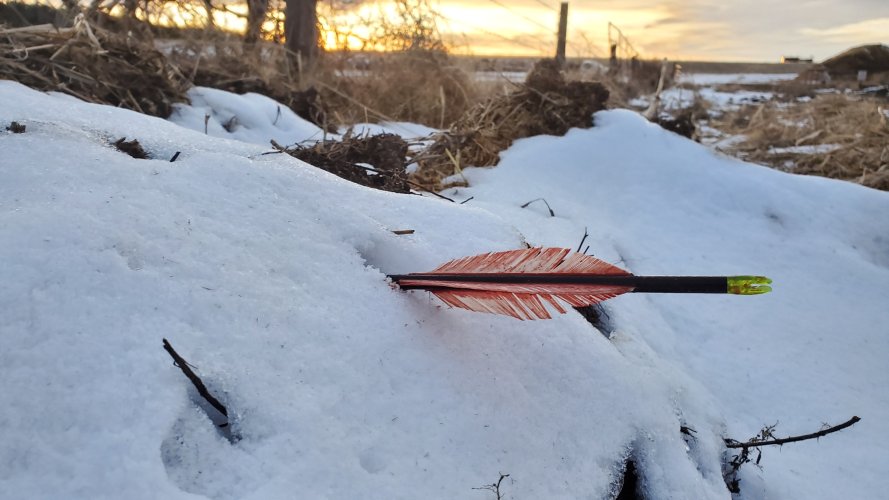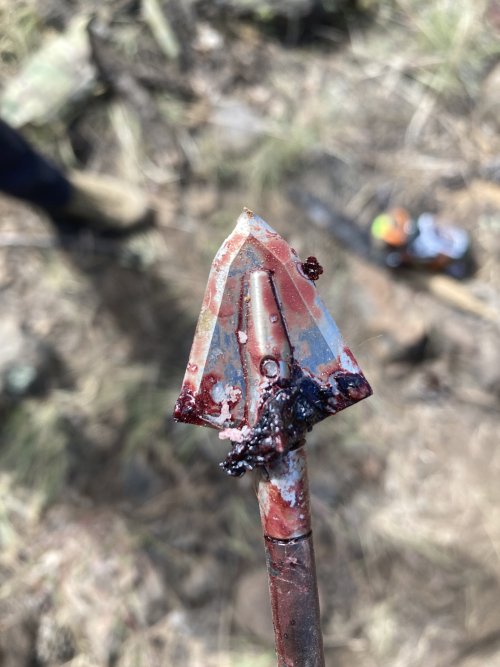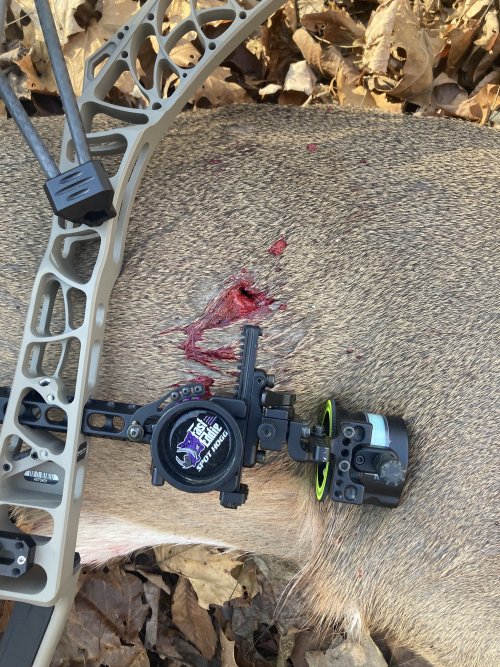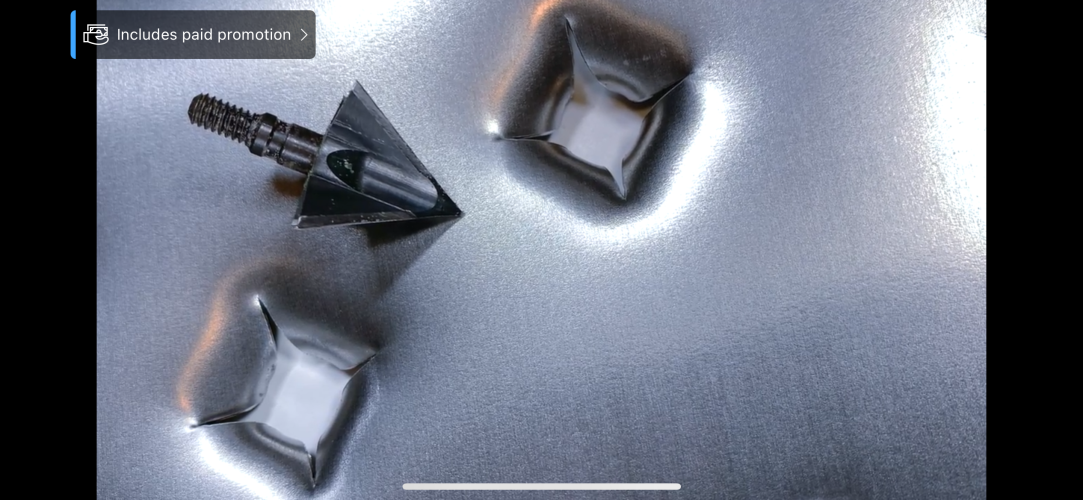EKYHunter
Well-known member
- Joined
- Dec 13, 2020
- Messages
- 1,274
X2 on Magnus. Great broadheads.My neighbor has used Iron Will broadheads for a while. Swears by them. Money is no object for him. He just believes in them and has had success with them.
I now have two different Magnus broadhead designs (Stinger Killer Bee Buzzcut and Black Hornet Ser-Razor). I bought them after a few bad experiences with expandables. I chose Mangus because I could order them direct, Mangus has what seems to be a good guarantee and they can be sharpened (albeit, with a little effort). They screw into a standard insert, so are easy to change, if damaged, or to shoot field points with my hunting arrows at the range, etc.
A friend liked them and that was my starting point. They aren't terribly expensive, so I can replace them relatively inexpensively. There are jigs for sharpening. That will be my next investment in using these broadheads.




